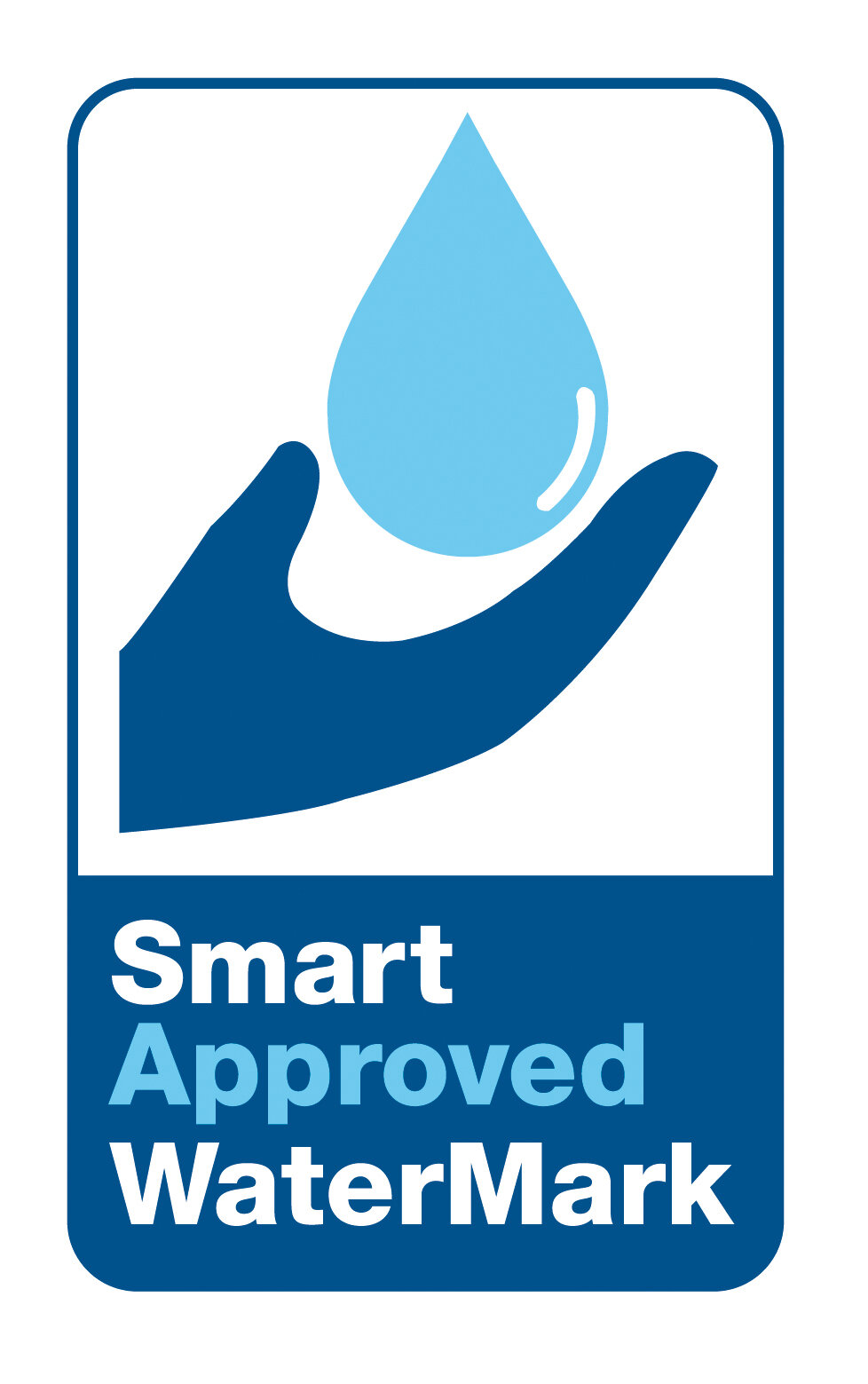As we know, COVID-19 is turning the entire world upside down. For instance, we are now using terms every day that were rarely used before. And in some cases, new words are being created to address COVID-related issues.
One that is now making the rounds in the restroom fixture industry is "social piss-tancing."
Here is how this all came about.
Studies back in March revealed that traces of the pathogens that cause COVID had been found in urine.
What makes this a concern is that when urine splatters in the water of a water-using urinal, or when a urinal is flushed, it can cause what is termed "plume" to be released into the air.
The plume is essentially a bundle of particulates, including moisture, bacteria, germs, and pathogens, that become airborne. In time, they come down and cling to walls, floors, and surfaces surrounding toilets or urinals.
But when airborne, there is also a chance these bundles of pathogens can be inhaled.
When this happens, someone can become sick with the disease.
To prevent this and protect health, we need social piss-tancing.
Currently, in the U.S., most urinals are installed about 30 inches to 48 inches apart.
Usually, in airports, convention centers, and other busy facilities, we find them the closest together. This allows developers to install many more urinals, but this also heightens the possibility of more plume being released into the air.
Adding to the closeness of the situation, many urinals are no longer separated by partitions. This means, any splatter or plume released from a traditional, water-using urinal, not only finds its way onto nearby surfaces, but on to your clothing and the clothing of other fellows in the restroom.
To help prevent some of these issues and protect health, advocates for more social piss-tancing in men's restrooms are asking for the following:
· More space between urinals, 50 inches or more, six feet if possible.
· Closing or removing every other urinal in existing buildings. This would be a very cost-effective option.
· The return of partitions. These were removed years ago to cut costs and to make it easier to clean restrooms. However, they did serve a purpose, helping to keep plume within each urinal's immediate area.
· Taller partitions. Along with bringing them back, many advocates want partitions to be floor to ceiling, further minimizing plume issues. Additionally, partitions are now only required to extend six inches beyond the urinal. These advocates would like to see that doubled or even tripled.
· Installing totally enclosed urinal stalls. This is the costliest option, making it low on the list of possibilities.
· Installation of no-water or waterless urinals. Installing waterless urinals would virtually eliminate the health problems associated with plume. This is because with no water, there is extraordinarily little splatter, and there is no flushing with waterless urinals. This means waterless urinals virtually eliminate the plume problem.
Interestingly, recent studies have indicated that the next decade or so will be the era of waterless urinals. Their many benefits, such as reducing water and energy consumption, are now well recognized and appreciated, which explains one reason for the uptick in sales.
However, these new studies were conducted before COVID. What many now anticipate is that even more waterless urinals than expected will be installed around the world. This is because we now realize that not only can they help reduce water and energy consumption, they can also help protect health, making them more needed than ever.
“More information on plume and coronavirus can be found here.”











